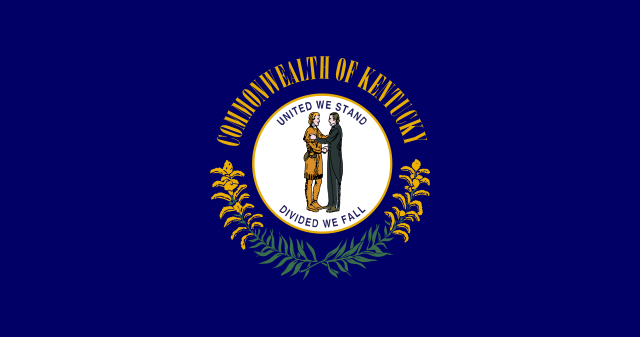In September, seven investment firms ended a years-long lawsuit by agreeing to a $590 million settlement with corporate shareholders who were accusing the firms of colluding to keep prices down during the “buyout boom”.
But for pension funds, the ramifications of the settlement are just beginning as they wonder how the costs of the settlement will be divided among the investment firms and their limited partners.
From the Wall Street Journal:
The California State Teachers’ Retirement System is in ongoing discussions with private equity firms involved in a collusion case about how the costs of the settlements will be shared with limited partners, said Christopher J. Ailman, the pension system’s chief investment officer.
At the center of these discussions is where the responsibility for making the settlement payments lies–in the funds from which the firms made the investments or the firms themselves–and if both are responsible, how the payments and related legal fees should be split.
“That’s still being discussed,” said Mr. Ailman. “Different firms are taking different tacks.”
[…]
Mr. Ailman called the suit “frustrating” and blamed the case on the practice of frivolous lawsuits being made against corporate acquirers.
“It’s disappointing that there are still lawyers chasing after these funds,” said Mr. Ailman, adding that the collusion suit, “in particular, is frustrating because we think it’s without merit.”
Mr. Ailman said that in general, fund documents stipulate clearly that any legal expenses related to fund investments should be covered by the fund. But that shouldn’t entirely absolve the private equity firm that manages the fund because as the general partner, the firm has a fiduciary duty toward its investors.
“I always say to my GPs that ‘What’s written there is the bottom-line agreement,’” said Mr. Ailman. “‘We [also] shook hands and have an intellectual agreement. You are my agent. You are the fiduciary to us. We invest together.’”
More background on the settlement, from the WSJ:
The lawsuit, filed by certain shareholders of companies that were acquired during last decade’s buyout boom, alleged that the firms-Blackstone Group, Kohlberg Kravis Roberts & Co., TPG Capital, Carlyle Group, Bain Capital, Goldman Sachs Group Inc. and Silver Lake-colluded to keep prices down while bidding for companies during that time frame.
By early September, all seven firms had settled with the plaintiffs, ending a seven-year litigation process and making the firms liable for a total of $590.5 million in settlement payments.
All the firms in the lawsuit denied wrongdoing and said they decided to settle the case to avoid further distraction and litigation expenses.










